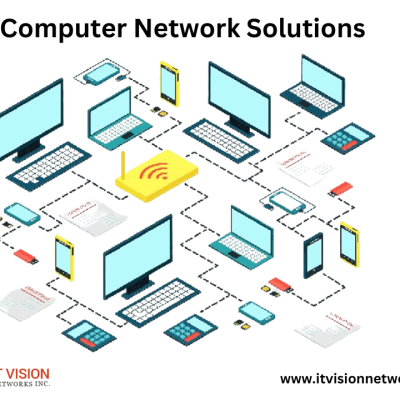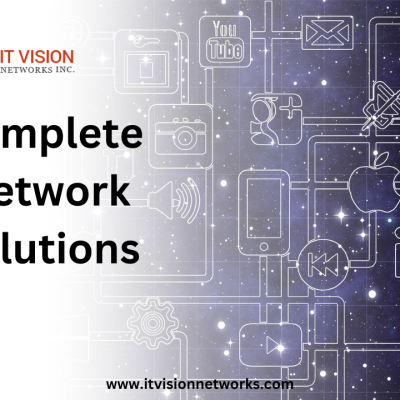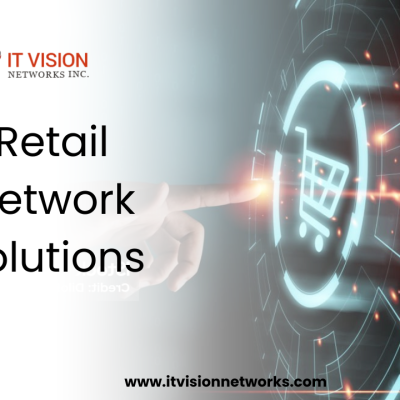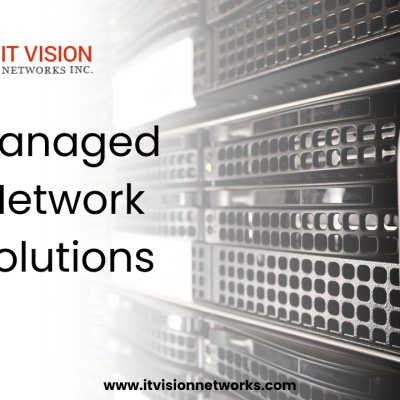In the modern world connected through the Internet, the Internet of Things (IoT) technology has completely changed how we interact with technology. The value of networking and communicating with many devices has never been more excellent, as it has brought in a new era of comfort and productivity. Nevertheless, the number of connected devices has been growing, and it is vital to ensure that data flows through the network are regulated and checked. In this article, we will describe several techniques and the most efficient approaches to prevent the data on the devices connected through the IoT network, thus providing comfortable usage and smooth performance.
Understanding IoT and Data Monitoring
First, the concept of the IoT and the value of data control must be known before the procedures of checking IoT devices’ data are explained. The IoT consists of interconnected devices that transmit data through an Internet platform. This covers a wide range of digital tools, which are simple, like smartphones and wearables, to complicated equipment that needs high-end digital technology to operate, like machine tools and appliances. Data monitoring is one of the most crucial functions of these devices because one of its most valuable outputs is corrective and helpful information.
What is IoT, and Why is Data Monitoring Important?
IoT is an interconnected network of devices communicating with one another and the internet. These appliances are fitted with sensors and software to capture and send the data, thus making our lives easier and flawless. Nevertheless, data monitoring is necessary to ensure these devices’ proper functioning and security attributes.
Data monitoring allows us to:
- Detect and prevent security breaches: By monitoring the data generated by IoT devices, we can detect any unusual or suspicious activities that may show a security breach. This enables us to take immediate action to protect our network and devices.
- Optimize device performance: Data monitoring provides insights into the performance of IoT devices. By analyzing performance metrics and identifying any anomalies or inefficiencies, we can optimize the performance and functionality of these devices.
- Analyze trends and make informed decisions: The data collected from IoT devices can provide valuable insights into consumer behaviour, usage patterns, and trends. Businesses can make knowledgeable decisions and improve their products or services by monitoring and analyzing this data.
Methods for Checking Data on IoT Devices
Some methods and equipment are available to check data on devices connected using an IOT network. However, every way has its merits and use cases, and the specific characteristics of your IoT network will determine the decision. Let’s explore some of the most commonly used methods: Let’s explore some of the most frequently used methods:
Device Management Platforms
Device Management Platforms (DMPs) provide a centralized dashboard for managing IoT devices, including data monitoring. These platforms, such as AWS IoT Core, Microsoft Azure IoT Hub, and Google Cloud IoT Core, offer comprehensive solutions for monitoring and controlling IoT devices. With DMPs, you can monitor real-time data generated by your IoT devices, set alerts, and configure device settings.
Network Monitoring Tools
Networking monitor tools, e.g. Nmap or Wireshark, can assist you in scanning connected devices and filtering data traffic. Identifying unauthorized or suspicious devices and tracking the flow of data is what you can expect from the network scanning process. The utilization of these tools allows for the real-time monitoring of the network performance, bandwidth utilization and the connectivity of the devices.
Built-In Device Interfaces
Many IoT devices have built-in interfaces that allow you to check data directly. Accessing the device’s web interface or mobile app enables you to monitor real-time data, configure settings, and receive notifications. This method is beneficial for checking data on individual devices or when a centralized monitoring platform is unavailable.
Third-Party Monitoring Services
Several third-party services offer IoT device monitoring. These services often provide user-friendly dashboards and analytics tools to track data from your IoT devices. Popular options include PRTG Network Monitor, Zabbix, and Datadog. These services can simplify the process of monitoring and analyzing data from your IoT network.
Advanced-Data Monitoring Strategies
In addition to the basic methods mentioned above, there are advanced data monitoring strategies that can enhance your IoT network’s performance and security. Let’s explore some of these strategies:
Real-time Analytics
Real-time analytics tools like Apache Kafka or Spark Streaming can help process and analyze data as it’s generated. These tools are valuable for detecting anomalies, making immediate decisions, and gaining insights into your IoT network’s performance. You can quickly respond to changes or issues in your IoT network by leveraging real-time analytics.
Machine Learning and AI
Machine learning (ML) and artificial intelligence (AI) represent a significant portion of data monitoring in IoT. Using predictive algorithms, you can predict problems or new opportunities based on the history of your data. With this preventive approach, you can intervene when issues are still delicate. Machine learning and AI can also be used to identify data redundancy or in troubleshooting.
Data Encryption and Security
The data that is the basis for IoT is generally susceptible information, and data security is of utmost importance. Establish robust encryption protocols and security measures that hold tight during transmission and when in storage. Incorporating solutions such as blockchain technology in IoT networks will increase data integrity and security.
IoT Data Monitoring Best Practices
Following best practices is essential to ensure adequate data monitoring in an IoT network. These practices can help optimize your IoT devices’ performance, security, and efficiency. Let’s explore some of the best practices for IoT data monitoring:
Segment Your Network
Separate your IoT devices from critical systems and personal devices by creating network segments. This enhances network security by preventing unwanted access to private information.
Regular Firmware Updates
See that your IoT devices are built on the latest firmware or software updates. The vendors fix the security gaps through regular updates that improve security and device performance. To avoid any security breaches, firmware should regularly be updated to make the devices function as desired.
Strong Passwords and Authentication
For every IoT device, create a robust and one-of-a-kind password, and if feasible, turn on 2-factor authentication. This will fortify your network with additional protection measures and prevent unauthorized access.
Monitor Data Consistently
Schedule regular data monitoring and send alerts to relevant authorities in case of unusual data trends or security breaches. It consists of early warning and prompt reaction, which is the key to successful monitoring.
The Future of IoT Data Monitoring
With the advent of further IoT technology, the upcoming IoT data monitoring has become even more promising. Emerging trends and developments will form a basis for using devices to derive data connected via an IoT network. Here are some exciting possibilities on the horizon: Here are some exciting options on the horizon:
Edge Computing
Edge computing provides data processing near the generation source, thus shortening response time and effectively improving real-time monitoring. This approach has several advantages for IoT applications where the response time needs to be fast.
5G Connectivity
The widespread deployment of 5G networks will enable faster data transmission and lower latency, making IoT data monitoring more responsive and efficient.
IoT Security Enhancements
With the growing concern about IoT security, we expect continued advancements in encryption, authentication methods, and secure device management to protect data and devices.
Integration with Artificial Intelligence
Integrating AI with IoT devices will become more seamless, enabling predictive analysis and automation based on real-time data.
Improved User Interfaces
User-friendly interfaces for IoT data monitoring will become more common, making it easier for individuals and businesses to manage their IoT ecosystems.
IoT Data Legislation
Governments and regulatory bodies will likely introduce stricter data protection and privacy regulations, impacting IoT data monitoring practices.
Conclusion
IoT has completely changed how humans interact with the environment and daily life. With the aid of the internet to integrate and communicate with various devices, it presents an unsurpassable convenience and efficiency. However, devices’ security, productivity, and appropriate management rely on privacy control, which needs a diligent approach to monitor data.
Across this comprehensive guide, different methods and instruments, such as Device Management Platforms, network monitoring tools, real-time analysis, and advanced data encryption, become tangible. The web of these resources allows individuals and businesses to monitor, secure, and optimize their IoT ecosystems.
FAQs
You can check data on IoT devices by using Device Management Platforms, network monitoring tools, built-in device interfaces, or third-party monitoring services.
Data monitoring in IoT is essential for security, performance optimization, and data analysis, helping you maintain a functional and secure IoT network.
Yes, some free tools, such as Wireshark for network scanning and open-source monitoring solutions like Zabbix, can help you monitor IoT devices without significant cost.
To secure your IoT network, use strong passwords, enable two-factor authentication, update device firmware regularly, and segment your network to isolate IoT devices from critical systems.
Real-time analytics enables immediate insights, anomaly detection, and timely decision-making based on data generated by IoT devices.
Machine learning and AI can predict issues and opportunities based on historical data, allowing proactive measures and data optimization.
You can secure IoT data using encryption methods like TLS/SSL, VPNs, and blockchain technology, ensuring data integrity and confidentiality.
Edge computing is a technology that processes data closer to its source, reducing latency and enabling real-time monitoring, making it a valuable component of IoT data monitoring.
5G networks offer faster data transmission and lower latency, enhancing the speed and efficiency of IoT data monitoring.
AI will become more integrated with IoT devices, allowing predictive analysis and automation based on real-time data, making IoT data monitoring even more advanced.






